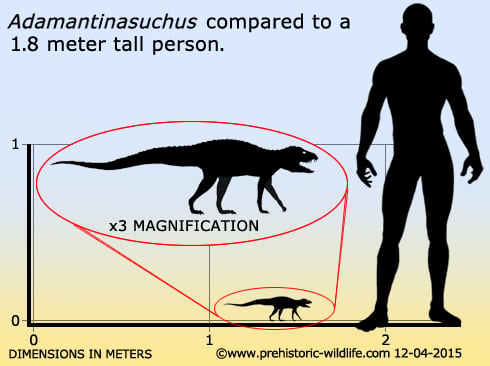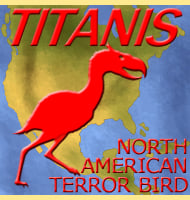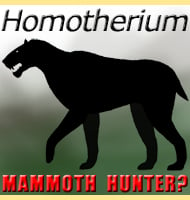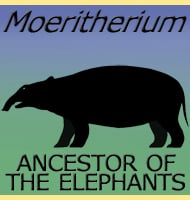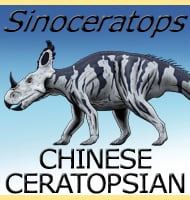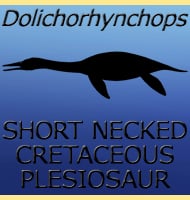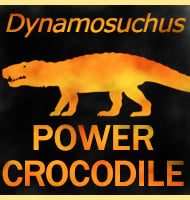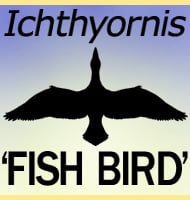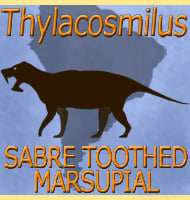In Depth
Adamantinasuchus was a fairly small notosuchian crocodylomorph from the late Cretaceous Adamantina Formation of Brazil, Many crurotarsans are known from the Adamantina Formation, including Armadillosuchus, Morrinhosuchus, Baurusuchus and Mariliasuchus to name just a few. Out of these, Adamantinasuchus may have been most similar to Mariliasuchus. The teeth of Adamantinasuchus suggest a possible carnivorous lifestyle, though they could have been used for a more specialised diet.
Adamantinasuchus should not be confused with the similarly named sauropod dinosaur Adamantisaurus.
Further Reading
- Adamantinasuchus navae: A new Gondwanan Crocodylomorpha (Mesoeucrocodylia) from the Late Cretaceous of Brazil - Pedro Henrique Nobre & Ismar de Souza Carvalho - 2006.
